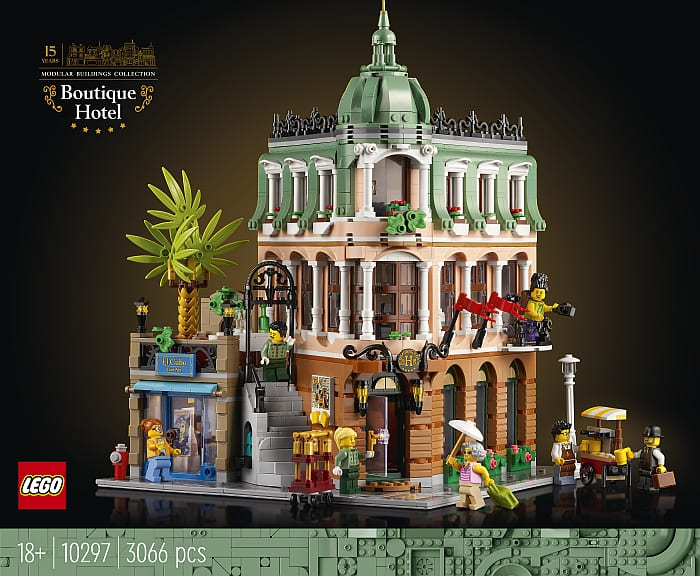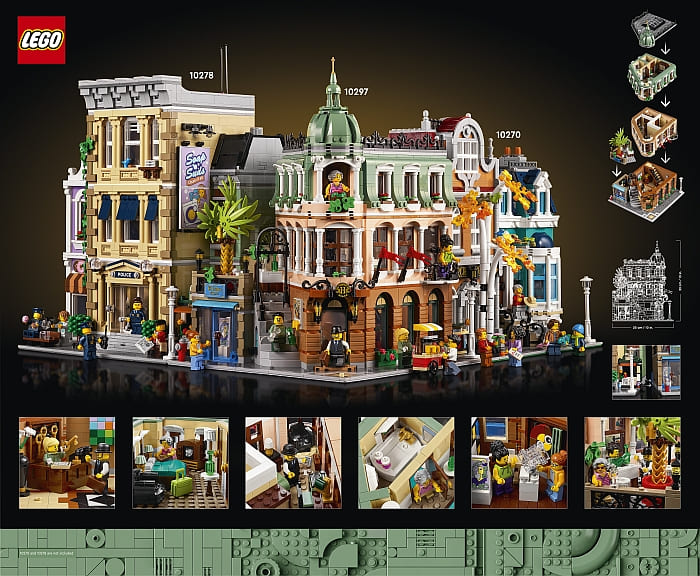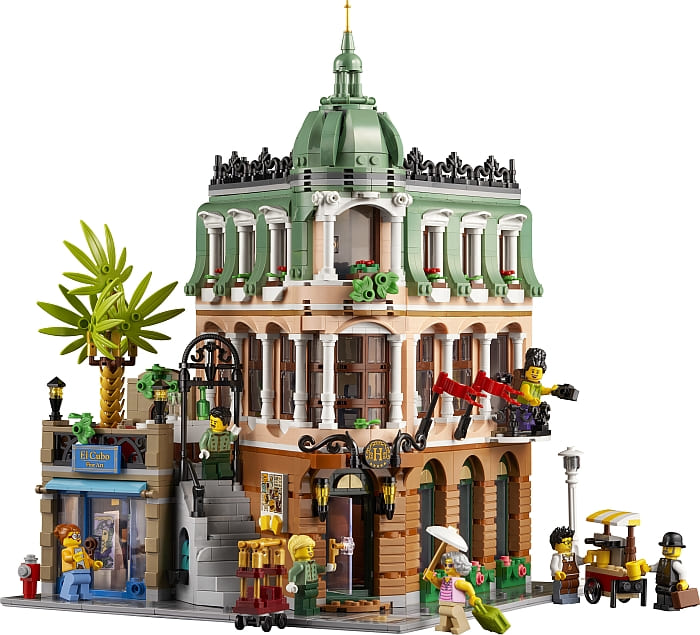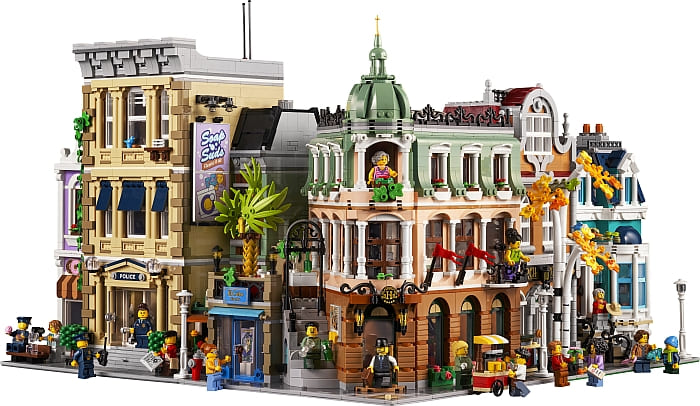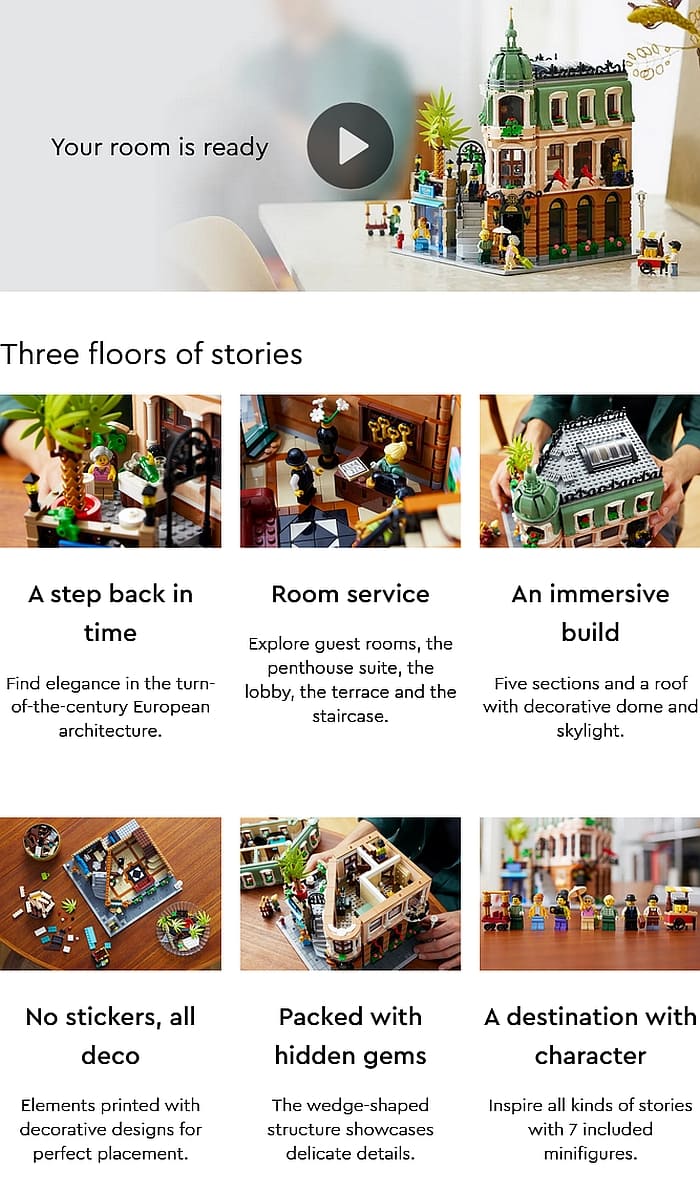As we discussed already (see links at the end of this post), the recently released #21330 LEGO Ideas Home Alone set was originally designed by and submitted to the LEGO Ideas platform by Alex Storozhuk, a 28-year-old LEGO fan from Ukraine.

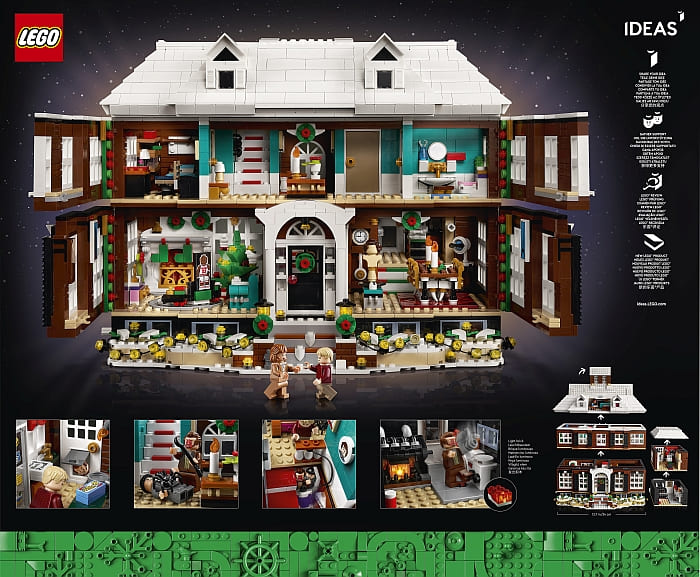
In the video below, Alex reviews the finalized set himself, shares some of his experiences working with the LEGO Ideas design team, and answers questions. Hearing from the original designer himself offers an interesting perspective of the largest and one of the most popular LEGO Ideas sets to date.
Alex also reached out to us to let us know that he recently submitted another project to LEGO Ideas; The Polar Express 20th Anniversary Train. Alex writes the following in the description of his new project.

In 2004, a genius of cinematography, Robert Zemeckis, gave the world a real Christmas miracle that we all know and love as The Polar Express. Based on the 1985 childrens’ book written by Chris Van Allsburg, The Polar Express has become the first-ever film made entirely with motion-capture animation, and Tom Hanks gave his voice and facial expressions to six characters in total! The movie has a bunch of records and “the most” titles but the real reason we love it is for its unique spirit, plot, and atmosphere of a real miracle that is just about to happen! Besides, who doesn’t love trains?

The idea of creating an ultimate Christmas train dates back to 2016. At that time, I just started my LEGO journey and in that regard, I had nothing except the #10245 LEGO Winter Village Santa’s Workshop set, and the love of Christmas and everything around the holiday. Being inspired by the above-mentioned idea, I was enthused to build a LEGO train going around our Christmas tree. The Polar Express has been on our “to watch during the holidays” list for many years, so I knew for sure that this is the only train we need. After a quick web search, I haven’t found a LEGO set based on the train, but I have found something more valuable – the LEGO Ideas website! Long story short – I was hooked, and I owe the Polar Express that I’m an AFOL (adult-fan-of LEGO), as since that very moment there wasn’t a day that I didn’t visit the website.
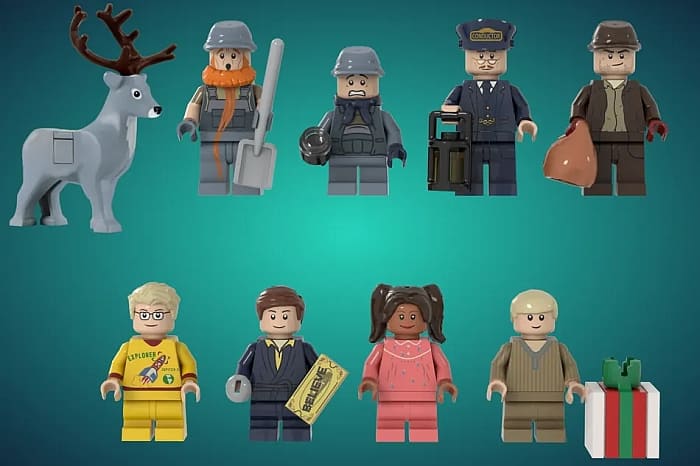
At that time, I didn’t have enough skills to create something as big and complex as a train model, but thanks to LEGO Ideas, I’ve started to practice with smaller models, took part in contests and other activities, and little by little started to work on my dream train. Of course, there were numerous breaks, fails, other projects, etc. but I never left the idea of creating my “ultimate Christmas train”. Well… looks like we might be on time for the 20-th movie anniversary in 2024! In the video below, you can see the train, and you can also visit the LEGO Ideas website for more information about the project and to support it with your vote for the possibility for it to become an official LEGO set.
What do you think? How do you like the LEGO Ideas Polar Express? Would you like it to become a LEGO set? And how do you like the LEGO Ideas Home Alone set? Feel free to share your thoughts and discuss in the comment section below!
And you might also like to check out the following related posts:


